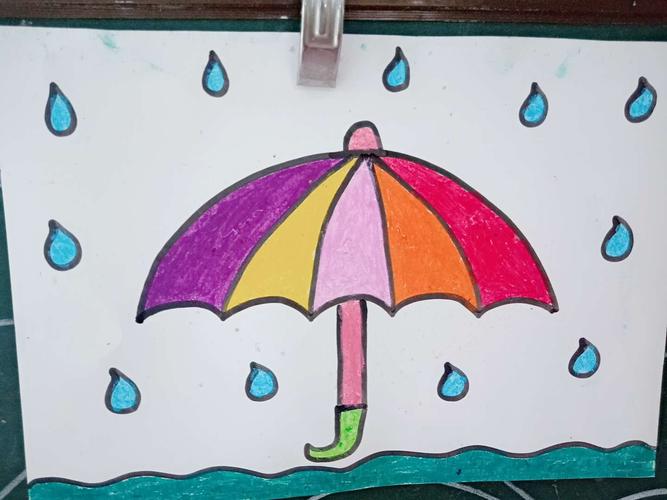In the vast realm of literature, a book stands out as a unique and powerful entity. It is a vessel that carries knowledge, wisdom, and stories from the past to the present, and beyond. The following is an in-depth description of a book, delving into its various aspects and components.
Cover Design:
The first thing that catches the eye is the cover of the book. It is a vibrant blend of colors, design, and text that provides an initial impression of what lies inside. The color scheme might be vibrant or subtle, depending on the genre and theme of the book. The design elements on the cover often reflect the essence of the story or the message it intends to convey. The title of the book, written in elegant fonts, is usually the most prominent feature, followed by the author's name and other details.
Physical Attributes:
A book's physical attributes are often taken for granted, but they play a crucial role in enhancing the reading experience. The size of the book, whether it's a compact paperback or a hardcover tome, determines its portability and ease of use. The weight of the book should be balanced, allowing it to rest comfortably on the reader's hands. The pages should be smooth and free from defects, ensuring seamless flipping through its contents. The binding should be sturdy enough to withstand frequent use and prevent pages from falling out or getting loose.
Content Overview:
The heart of a book lies within its contents. It could be a novel, a collection of essays, a self-help guide, or any other genre. The introduction often sets the tone for the entire book, providing a glimpse into what's to come. The chapters are organized in a way that leads the reader through a journey of knowledge or imagination. Each chapter ends with a conclusion or transition to the next one, maintaining the reader's interest and curiosity.
Writing Style:
The writing style of an author is often their unique hallmark. It could be descriptive, concise, humorous, or philosophical, depending on the genre and message the author intends to convey. The language used should be clear and understandable to the intended audience. The use of dialogue, narrative techniques, and descriptive details enhances the story's flow and creates vivid imagery in the reader's mind.
Themes and Messages:
Books often explore various themes and messages that are relevant to society or human nature. They might address social issues, moral values, love, friendship, adventure, or self-discovery. These themes are woven throughout the story, making it more engaging and thought-provoking for the reader. The messages conveyed by the book often leave a lasting impact on readers, shaping their views and perspectives on life.
Illustrations and Visual Elements:
For children's books or those with a visual narrative, illustrations are an integral part of the story. They enhance the story's flow, provide visual cues for readers, and help them visualize the scenes better. The illustrations should complement the text and add depth to the story rather than overshadowing it. Visual elements like maps, charts, and diagrams are often used in non-fiction books to provide additional information or explain complex concepts.
Conclusion:
In conclusion, a book is not just a collection of pages with ink on them but a world in itself. It is an escape hatch to different realities, a vessel for knowledge and wisdom, and a companion for life's journey. The cover design, physical attributes, content overview, writing style, themes and messages, as well as illustrations and visual elements all contribute to creating an unforgettable reading experience for every reader.












 京公网安备11000000000001号
京公网安备11000000000001号 京ICP备11000001号
京ICP备11000001号
还没有评论,来说两句吧...